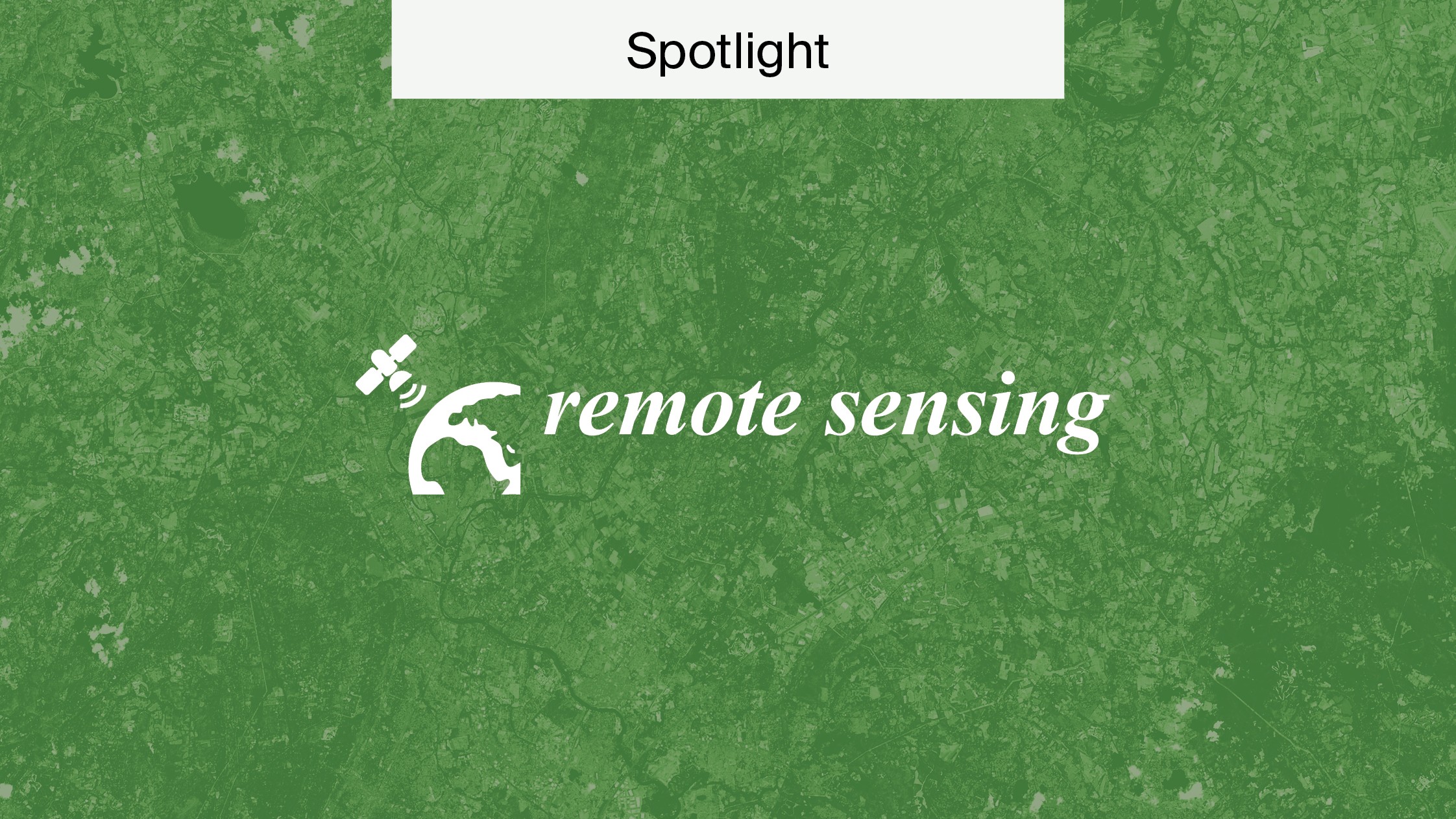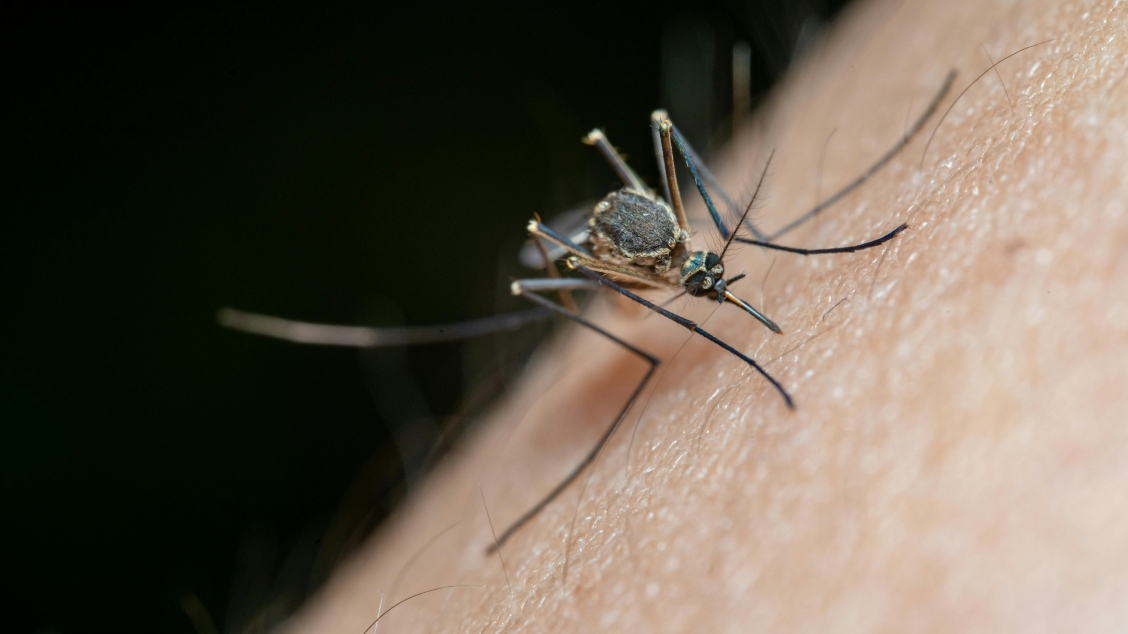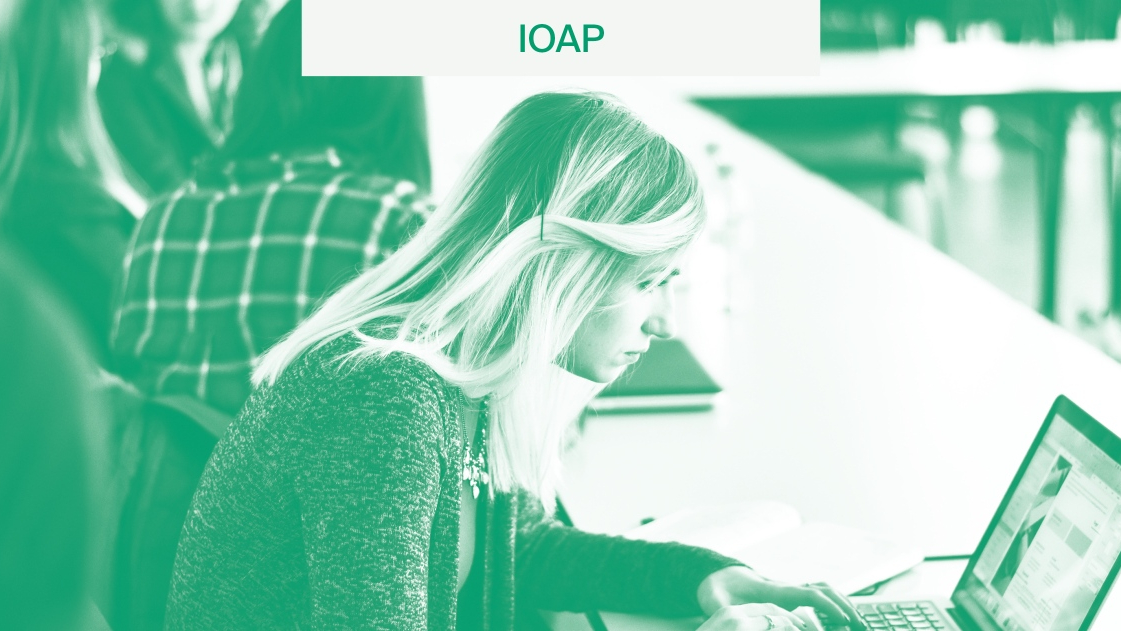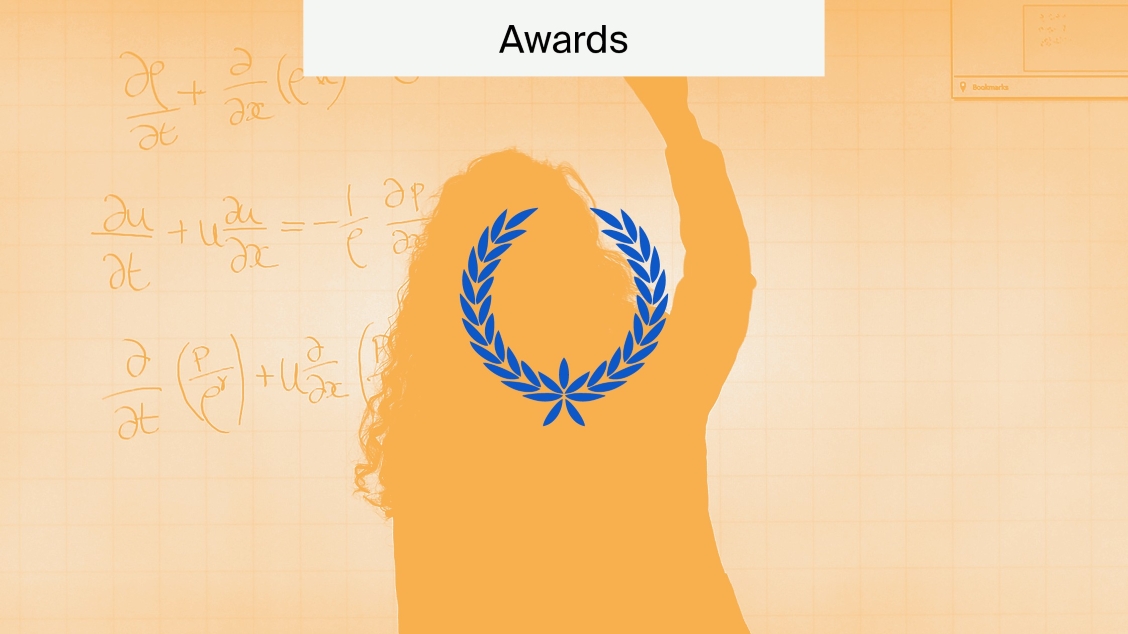
Are Microplastics a Macroproblem?
The term “microplastics” is a buzzword in the conversation surrounding the increasing demand for fundamental change to save our planet. The microplastics issue came to light in the 1970s and research into them began in the 1980s. However, this seemed to die down until recently, when it resurfaced as a result of the widespread attention to the harmful effects of single-use plastic on the environment.
What are Microplastics?
These are fragments of plastic of 5 mm or smaller in diameter. Under this umbrella sits nanoplastics, which have diameters of one ten-thousandth of a millimetre. They are often so small that they are undetectable, making them a topic of concern. They can enter ecosystems through a number of different pathways, including microfibres left behind in washing machines from clothes made from non-natural fabrics; plastic waste that has entered the environment from commercial products, which then breaks down into smaller pieces; industry waste; and fishing gear.
Consequently, we have found microplastics pretty much everywhere—from oceans and mountains to drinking water and beer. In 2015, between 15 trillion and 51 trillion microplastic particles were estimated to be floating in surface waters globally, and the situation will only worsen as more and more plastic is produced and washed away into oceans and rivers to be irreversibly distributed.
In recognition of this, policies have been effected to try to curb what many have referred to as the “plastic timebomb”. Furthermore, in 2018, the UK prohibited the use of microbeads, tiny specs of plastic commonly found in products such as toothpastes and face washes, which would otherwise be washed down the drain and into water systems, posing health risks to marine species who ingest them, such as bowel obstructions, inflammation, reproductive output reductions, and hepatic stress.
MDPI’s Microplastics Journal
The MDPI journal Microplastics published its first paper in July 2021, Time Integrated Metal Accumulation on Pellets in an Industrial Harbour “Durban Harbour”. The authors of this study investigate the effects of a storm in 2018 that resulted in ±2000 tons of polyethylene pellets being spilt into Durban Harbour in South Africa.
The aim of the journal is to cover all facets of microplastics, including, but not limited to, the investigation of the negative impact of exposure to micro- and nanoplastics, through the ingestion of food, drinking water, and the inhalation of airborne particulates, on human health; the development of detection methods, including techniques that enable the characterization and quantification of MPs; and the determination of how microplastics carry substances such as hydrophobic chemicals, heavy metals, and antibiotic resistance genes, and the effects of this on the accumulation, degradation, transfer, and toxicity of these contaminants to living organisms.
Honey Quality and Microplastic Migration from Food Packaging: A Potential Threat for Consumer Health? is an example of an article dealing with the harmful effects of microplastics on human health. In this study, the authors investigate the migration of microplastics from plastic packaging into honey, which consumers then ingest. Scientific studies have proven that, when ingested, they can have carcinogenic effects and cause damage to the liver in humans. The authors draw attention to the gap in the research in terms of the effects of micro- and nanoplastics on human health. This calls for more in-depth research into the development of extraction and identification processes for micro- and nanoplastics in the future.
Although not contained within Microplastics itself, an interesting Special Issue within this scope is Microplastics – Macro Challenge for Environmental Sustainability, which can be found in the Sustainability journal.
Further Resources
A detailed outline of the Microplastics journal and its scope can be found in Microplastics—A New Journal on the Environmental Challenges and Adverse Health Effects of Microplastics.
To learn more about the Microplastics Editorial Board, visit https://www.mdpi.com/journal/microplastics/editors
Should you have any questions about the Microplastics journal, you can contact the Publishing Manager, Liliane Auwerter, at liliane.auwerter@mdpi.com











Hi my NMR is Collins currently doing industrial chemistry. I was requesitng if you could have any projects related to identification of microplastics could be of great help any articles or PDF files on the same. It will be of great help i am from Kenya…
Hi Collins, thanks for the comment, and thanks for your interest in MDPI!
We have a journal dedicated to all things microplastics, simply called Microplastics.
You may also be interested in a paper published in Sustainability, titled ‘Identification and Quantification of Microplastics in Effluents of Wastewater Treatment Plant by Differential Scanning Calorimetry (DSC)‘.